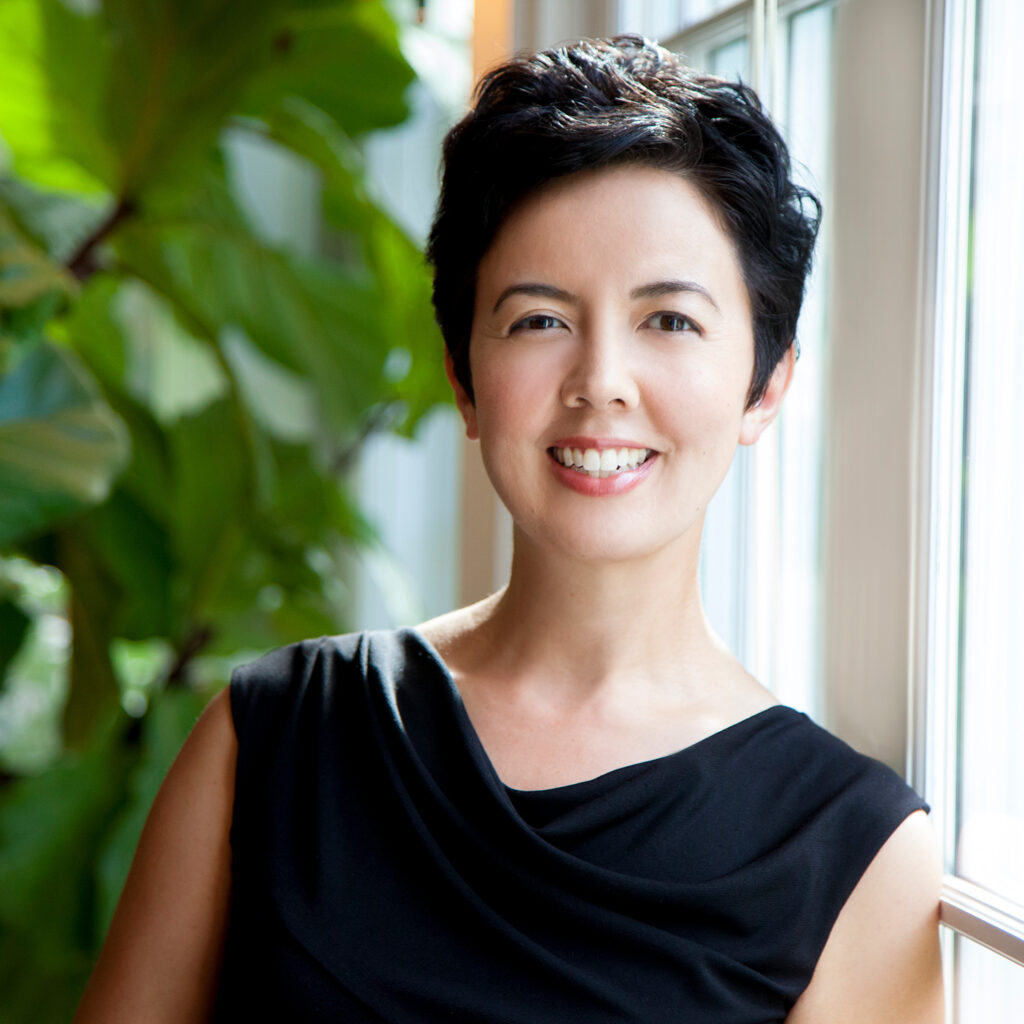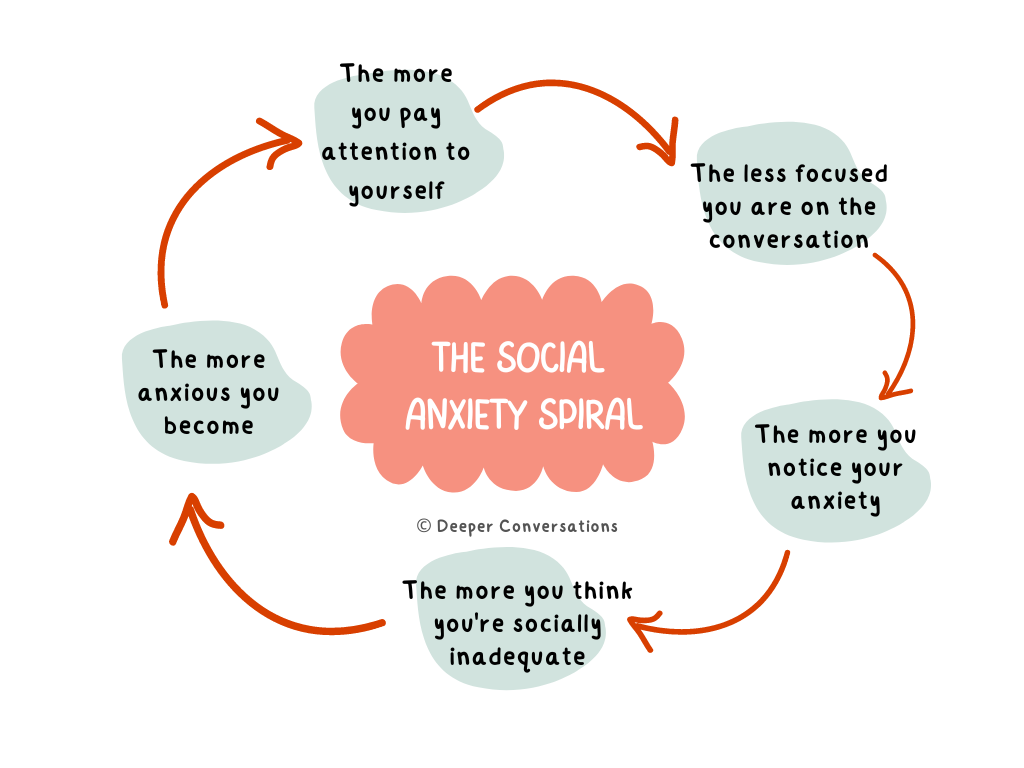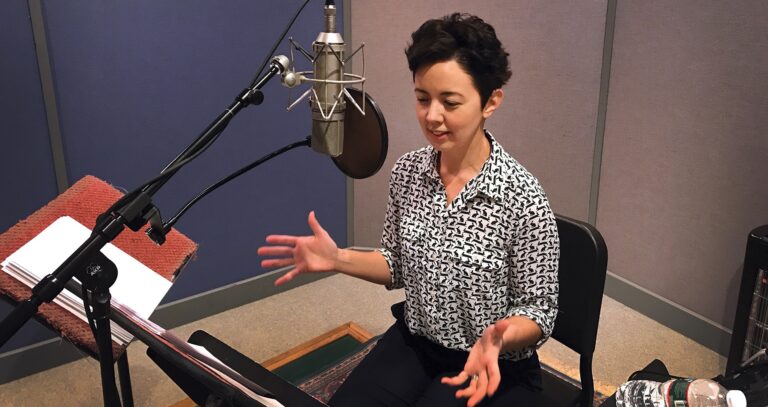Rating: ⭐⭐⭐⭐⭐ (I dog-eared and underlined so many pages!)
This book is for…
Anyone who has social anxiety. The author also has a chapter on making new friends.
What makes the author qualified to write this book?
Not only did Dr. Ellen Hendriksen complete her training at Harvard Medical School, she is also a faculty member at Boston University’s Center for Anxiety and Related Disorders (CARD).
Equally importantly, she has experienced social anxiety herself, which makes her writing even more relatable!

Social anxiety is a package deal. Here are the goodies
As difficult as social anxiety is, it also means that you have multiple positive qualities:
- You’re more empathetic than others
- You’re better at remembering faces
- You’re more thoughtful in what you say and how you say it
In fact, evolution wants us to have social anxiety — it increases group cooperation and collaboration, which increases our odds of survival.
“Our genes have a greater chance of being passed on if we have a highly sensitive social smoke detector… social anxiety triumphs as an evolutionary advantage because the costs are low and the benefits are high.”
Too much social anxiety isn’t great, of course. Here’s why…
Social anxiety myth #1: “I must always monitor myself and my anxiety”
This leads to a massive increase in self-focused attention, which pulls you away from the conversation. As a result, you don’t remember much about what was said or done.

With the gaps in information, your brain has to creatively interpret what happened. And because of your anxiety, the interpretation is usually a negative one.
And when you do focus externally, you selectively and vigilantly scan for social threats around you. This is known as attention to threat. Here’s the problem with that…
“When we selectively zoom in on turned backs and grumpy scowls, we miss the nodding heads and smiling faces surrounding them.”
It’s not just the angry faces btw: socially anxious people also interpret neutral social cues as threatening, according to a study.
Social anxiety myth #2: “How I feel is how I look”
You think that people can notice your anxiety — and that they will judge you for it — but they can’t for the most part! Symptoms of social anxiety might feel obvious, but they are not nearly as noticeable as you think. This is known as the illusion of transparency.
Here’s an exercise you can do to test this:
- Record yourself doing something that triggers your social anxiety
- Watch the video as if you were watching a stranger
Here’s what you’ll most likely find: your social anxiety isn’t as obvious or severe as you think it is. Which is what researchers discovered when videotaping a patient in high anxiety vs. low anxiety…
Now that you have a better understanding of your social anxiety, what do you do?
Dr. Hendriksen recommends cognitive restructuring and acceptance exercises, which are typical strategies for managing social anxiety. She also recommends a powerful strategy that I haven’t seen elsewhere…
Is predictability the enemy of anxiety?
Anxiety is a result of an uncertain, unpredictable future. To reduce uncertainty and corresponding anxiety in social situations, introduce structure. Here are a few ways to do so:
- Take on a role e.g. volunteer at a fair (key: you’re the one choosing the role, not others)
- Give yourself an assignment/task e.g. say hi to three people
Caution: the role shouldn’t be one that helps you avoid your social anxiety!
The #1 strategy to make friends leverages the power of structure too. Join a community, show up repeatedly, and take a leadership role.
Should you buy the book or not?
Hell yes!
While I’ve done the 80/20 — picked out insights that I found especially impactful and shared them with you — the reality is that Dr. Hendriksen shared so many other ideas and tips that you will benefit from too.
Here are a few insights I loved but didn’t get to cover in this summary:
- The 50 Percent Rule that makes it a lot easier to have conversations (say goodbye to perfectionism!)
- The “I’m bad with people” myth: why your social skills might not be as lacking as you think, according to research
- The three factors of friendships: none of these require you to be a master conversationalist!
If you like the summary and want to learn more from Dr. Hendriksen, you can pick up the book here 👇
Note: If you buy the book via my link, I will earn a lil’ affiliate fee (less than a dollar for the average $20 book). I only recommend books that I’ve read and loved.
Now, whether you buy the book or not, that’s cool — check out the author interview at least…
Interview with Dr. Ellen Hendriksen
Dr. Scott Barry Kaufman is one of the most cited cognitive scientists, and to have him interview Dr. Hendriksen is such an intellectual delight.
Related articles

